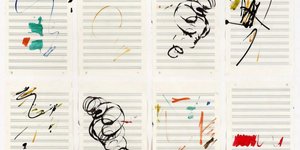Sublime
An inspiration engine for ideas
Why deeply reported, hard-to-make profiles matter in a junk-food content world, and how time builds trust.
TRANSCRIPT
It should be different and really hard, like really hard to do. And if I just, I'm sampling all the profiles we've written in my head, some of them are ridiculously hard to write.
Not only because of all the hours and work that has to go into it and the talent as a writer that has to go into it, but sometimes it's sensitive parts of the person's
... See moreIf it takes three to five years for a project to gain traction, it probably doesn’t pay to start a project that the world knows it needs right now.
The challenge is picking something the world will need then. And the hard part is patiently and persistently sticking with it despite the fact that it’s not on everyone’s
... See more
The Imperfectionist: How to get out of a rut
ckarchive.com
Into Your Garden ft. JT
open.spotify.com“Great things are not done by impulse, but by a series of small things brought together. The trick is to focus on the first small thing. Starting small is still starting, and small beginnings often lead to extraordinary endings.”
If you touch an idea too much without actually making it, just like a dough or plaster, it dies. I think it’s better to make and bake it and throw it away than to imagine how it would have worked or tasted. —Zeynab Izadyar
